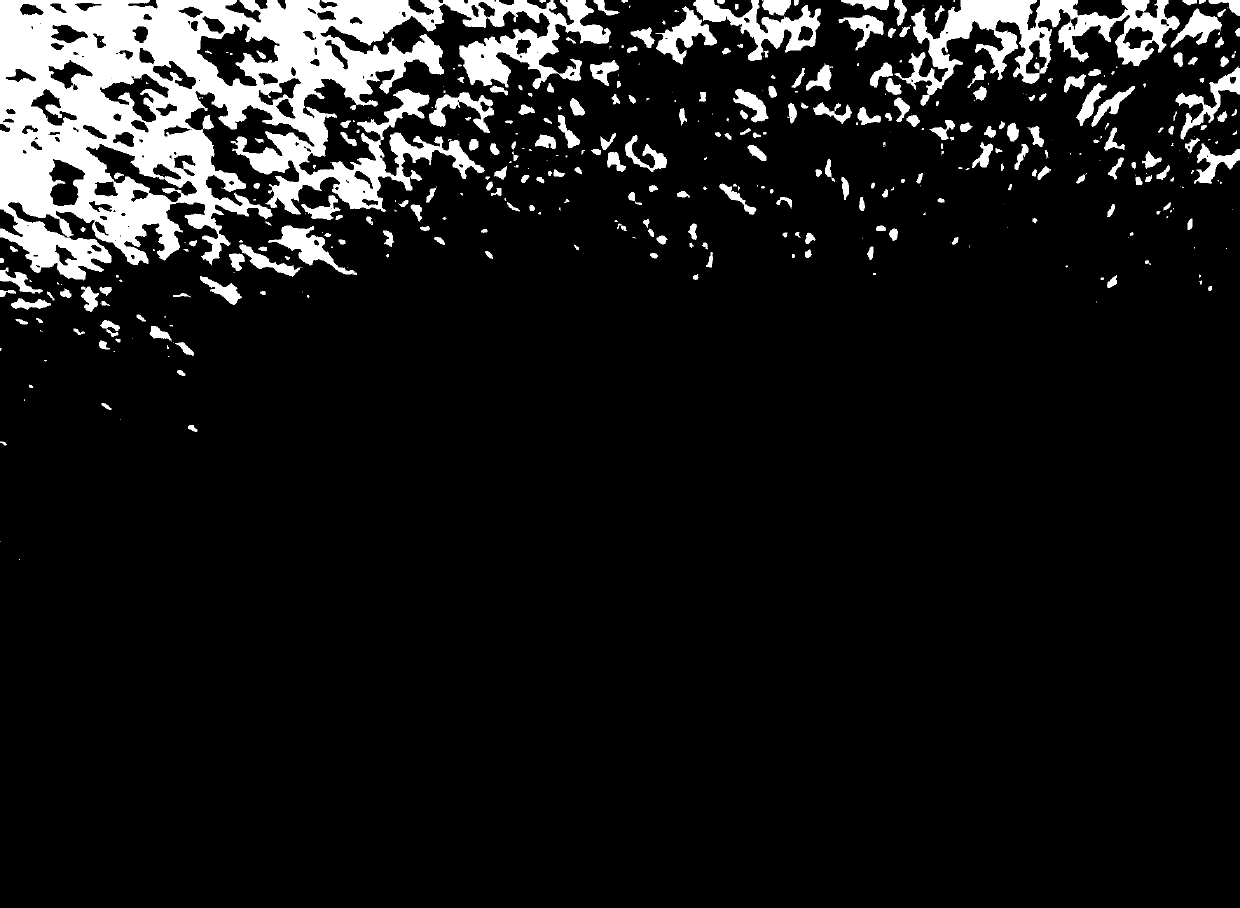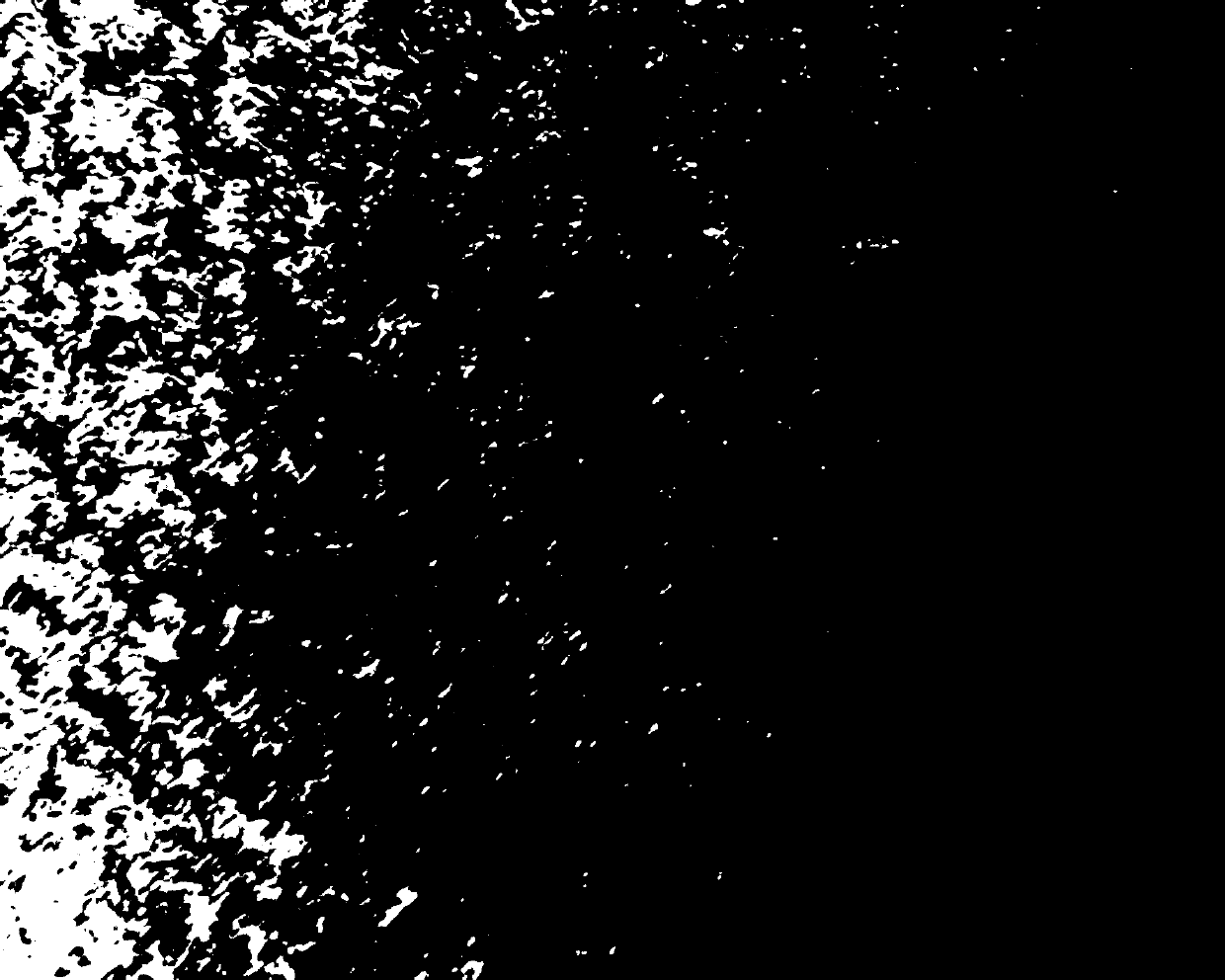A kind of unidirectional wet fabric and its production process
A one-way wetting and production process technology, applied in the direction of layered products, synthetic resin layered products, applications, etc., can solve the problems of color and color fastness affected, long production process, not resistant to washing, etc. The gram weight is stable, the edge indentation is reduced, and the effect of solving the sultry feeling
- Summary
- Abstract
- Description
- Claims
- Application Information
AI Technical Summary
Problems solved by technology
Method used
Image
Examples
Embodiment 1
[0054] A unidirectional moisture-wicking fabric utilizing the characteristics of textile materials and the unique structure of knitted fabrics, including 40% 32S / 1 cotton, 11% 75D / 72f polyester, and 49% 10S / 1 polyester-cotton blended yarn by mass percentage.
[0055] The production process of the above-mentioned unidirectional moisture-wicking fabric includes the following steps:
[0056] (1) Weaving embryo: use A-level knitting needles to weave 32S / 1 cotton, 75D / 72f polyester, and 10S / 1 polyester-cotton blended yarn into a three-layer fabric embryo under the following process conditions: the number of needles is 22G, The inch opening is 30 inches, the total number of needles is 2011G, and the thread lengths are 40cm / 100G, 30cm / 100G, and 17cm / 100G in sequence; the inner layer of the woven fabric is 75D / 72f polyester, and the middle layer is 10S / 1 polyester Cotton blend yarn with 32S / 1 cotton outer layer.
[0057] (2) Embryo inspection: Check whether there are problems such as...
Embodiment 2
[0075] A unidirectional moisture-wicking fabric utilizing the characteristics of textile materials and the unique structure of knitted fabrics, including 35% 32S / 1 cotton, 5% 75D / 72f polyester, and 50% 10S / 1 polyester-cotton blended yarn in terms of mass percentage.
[0076] The production process of the above-mentioned unidirectional moisture-wicking fabric utilizing the characteristics of the textile material and the unique structure of the knitted fabric is the same as in Example 1.
Embodiment 3
[0078] A unidirectional moisture-wicking fabric utilizing the characteristics of textile materials and the unique structure of knitted fabrics, including 45% 32S / 1 cotton, 10% 75D / 72f polyester, and 45% 10S / 1 polyester-cotton blended yarn by mass percentage.
[0079] The production process of the above-mentioned unidirectional moisture-wicking fabric utilizing the characteristics of the textile material and the unique structure of the knitted fabric is the same as in Example 1.
[0080] The finished cloth made in Example 1 was tested according to the standard of GB / T 22848-2009, and the results are listed in Table 3.
[0081] Table 3 Inspection of finished cloth
[0082]
[0083]
[0084] Note: - indicates that the size of the knitted fabric after washing is smaller than that before washing.
[0085] It can be seen that the finished cloth made in Example 1 complies with the standard of GB / T 22848-2009.
PUM
 Login to View More
Login to View More Abstract
Description
Claims
Application Information
 Login to View More
Login to View More - R&D
- Intellectual Property
- Life Sciences
- Materials
- Tech Scout
- Unparalleled Data Quality
- Higher Quality Content
- 60% Fewer Hallucinations
Browse by: Latest US Patents, China's latest patents, Technical Efficacy Thesaurus, Application Domain, Technology Topic, Popular Technical Reports.
© 2025 PatSnap. All rights reserved.Legal|Privacy policy|Modern Slavery Act Transparency Statement|Sitemap|About US| Contact US: help@patsnap.com



